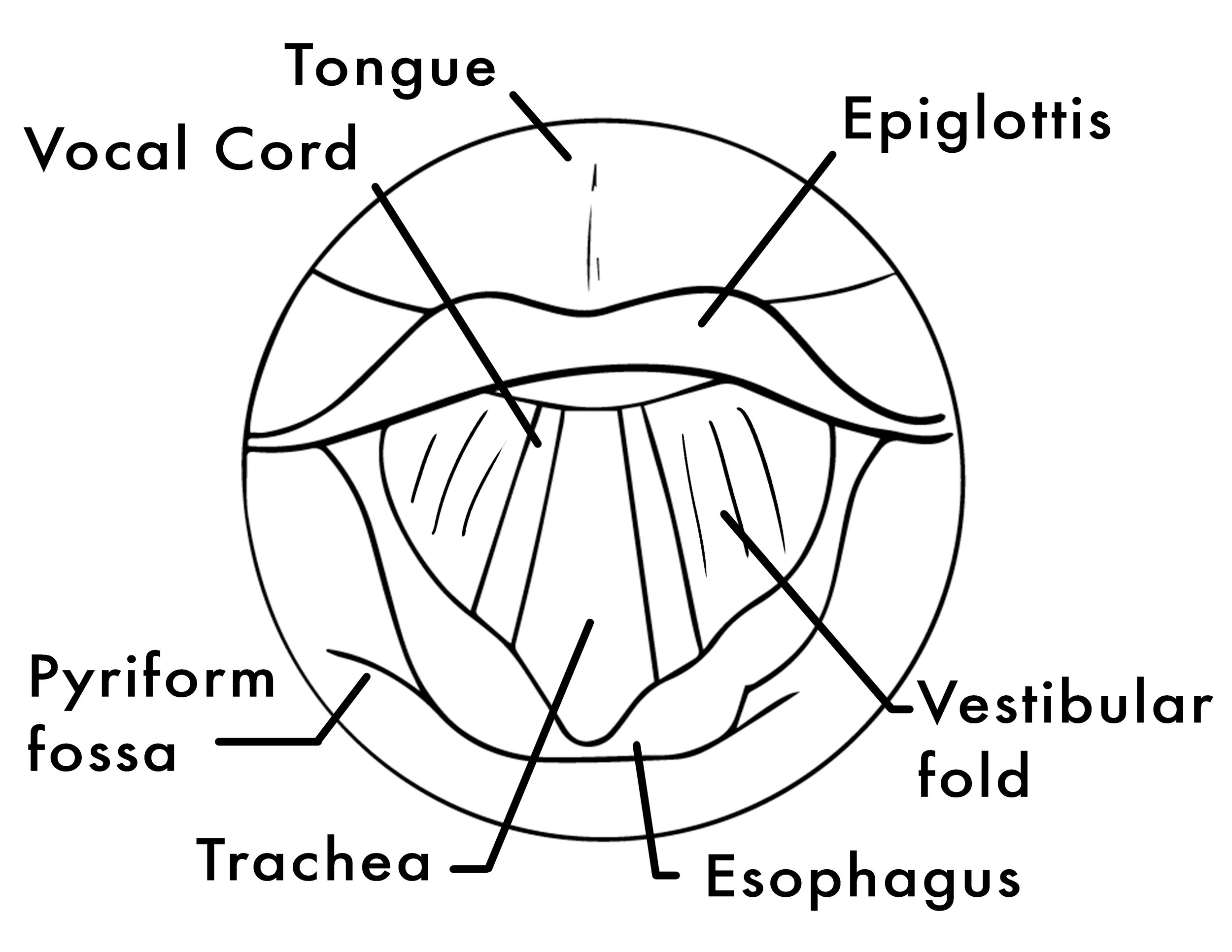
Anatomy for Vocalist
When we think about our voice what do we imagine? For many, our voice is just something we have, It’s this THING that happens. It’s a mystery. Many of us don’t even know where are vocal folds are in our bodies. How can that be? How can we not know where are actual voice (vocal folds) resides? Often it is because we are not taught about our own anatomy. This is an unacceptable circumstance, that should be and can be easily rectified.
Many times I’ve asked the vocalist standing in front me, where their vocal cords are, and they will immediately grasp the front of their throat, or Larynx area. Yes, that’s true they do reside behind the thyroid cartilage but they are set a bit further back than we might imagine. Your vocal folds reside at the top of your Trachea, tucked safely away behind your Thyroid Cartilage and below your Epiglottis, but in front of your Esophagus and spine. It is part of your Larynx, which is part of your upper respiratory system. You don’t need to know how to draw it, nor is there a need to learn every anatomical system that touches it, but it is important to realize it’s general location, and how it works.
I have found that over the years, having a visual of your vocal folds is immensely important, not to mention helpful in working with your voice. Having a visual for all the many facets of singing is extremely useful. Your voice can seem like a magical mysterious thing that just happens, but we just can’t see. Here is where a lot of misconceptions about vocal work begin. We want to visualize in our work as vocalist, because it’s not something we can readily see, it’s not external. Only the sound is external, unlike guitar, saxophone, or drums. Singing, is not like learning the piano for example, where if you play this one note, it’s clear, it’s obvious, it’s visible, it’s not a mystery. You just played a C on the piano. It’s external. What happens when we sing (phonation), is internal, which is why visualizations can really help define, certain areas of work.
I’ve created a few diagrams to help you visualize your vocal system. Imagining the correct placement of the vibration, can help you manipulate your breath, physical positions and resonance better. Learning how to “push” your air and vibration around, can not only keep you healthy, but can really lead you to deep vocal understanding and great performances.
Vocal Anatomy for Singers






Vocal Anatomy Animations









